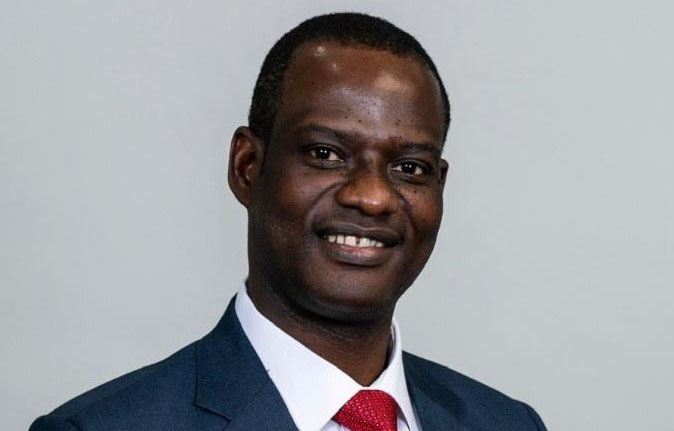
- says states have begun clearing water channels
The National Emergency Management Agency (NEMA) has said that Lagdo Dam might commence full discharge of excess water should the region in Cameroon experience heavy and persistent rainfall.
The Director-General, NEMA, Mustapha Habib Ahmed, stated this during the Emergency Coordination Forum of Disaster Management Stakeholders, in Abuja.
He said: “This particular meeting has been necessitated by the notification received from the Ministry of Foreign Affairs, of the modulated release of water from Lagdo Dam in Cameroon on the Benue River. The country has commenced release of water from the Dam at the rate of 200 cubic meters per second which is about 18 million cubic meter of water per day.
“This release may result to all front line states experiencing flooding in subsequent days and weeks. It is of great importance to also note that the Dam might commence full discharge of excess water from the Dam in the event that the region experiences heavy amount of rainfall”.
According to him, there is no standing budget for impact on the flooding from the Lagdo Dam, adding that, there won’t be any standing budget until there is an assessment.
He further explained that the setting up of IDP camps in states that would be affected by flood was solely the responsibility of the State Governors and that NEMA would assist where necessary.
Ahmed said, “We don’t have any standing budget for this yet. The gates as we are all aware has been opened and closed also. So the extent of the damage will not immediately be known, it’s after the flood season that’s when we can do assessment to assess what is damaged to know what the budget will be, without assessment we can’t know what the budget will be like.
“Activating of IDP camps is for the State, we have advised them accordingly. As you are aware, we’ve met with the Governors Forum, we also met them at NEC, we gave them all the advice that needs to be given. And most of the states have been very proactive, so we will probably see a major difference this time around.
“On their proactiveness, we’ve seen them clearing water channels, distilling the rivers, that’s the proactiveness we see.
“We are providing temporary shelter to support the states, but these states have to provide the IDP camps, NEMA does not provide IDP camps to states, the state governments do that, if there’s any need for support we will give them temporary shelters or tents”.
The Director-General, Nigeria Hydrological Services Agency (NIHSA) Engr. Clement Nze, speaking on the issue, said it was important that a high level of preparedness was deployed by the federal and state government.
He said, “It is highly imperative to deploy high level of preparedness on the part of Federal and State governments (particularly the Niger Delta regions, including: Adamawa, Taraba, Benue, Nasarawa, Kogi, Kebbi, Niger, Edo, Delta, Anambra, Ebonyi, Bayelsa, Cross-Rivers, Rivers), citizens including all agencies and stakeholders that are charged with disaster response and reduction should step up action and put in place measures to mitigate and avert any eventual flood disaster”.
In the same vein, the Representative of the United Nations OCHA, Daria Volkova, assured Nigerians and all stakeholders present, that the UN will continue to assist the country in cushioning the negative impact of the floods.
You will recall that the release of massive volumes of water from Lagdo Dam in Cameroon since August 14, 2023, which triggered fear of widespread flooding in 11 states in Nigeria, has been stopped by managers of the dam.
The federal government gave the announcement Tuesday through the Nigeria Hydrological Services Agency, NIHSA.






